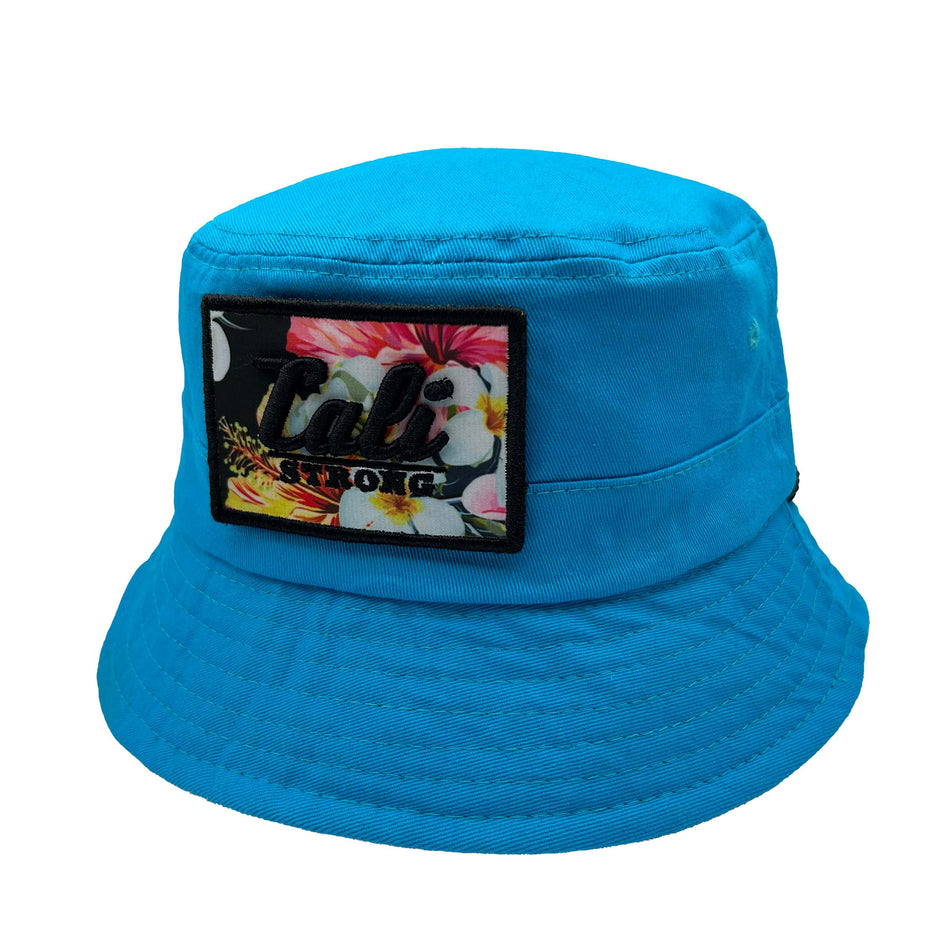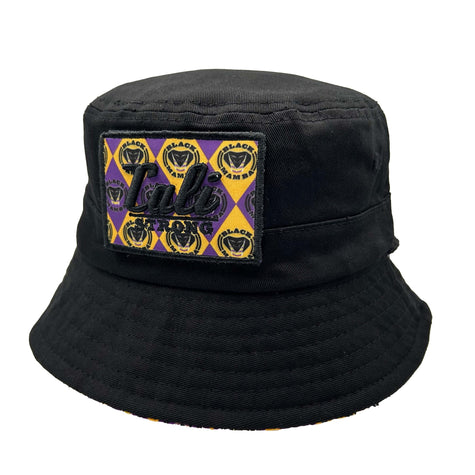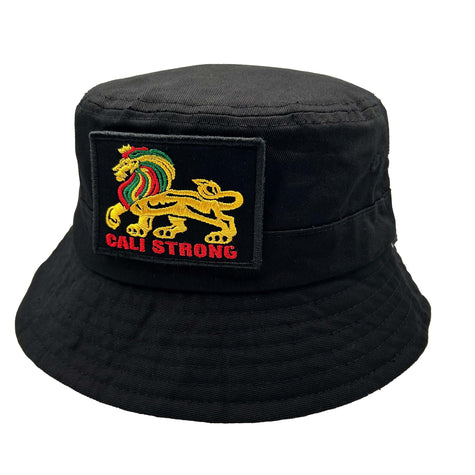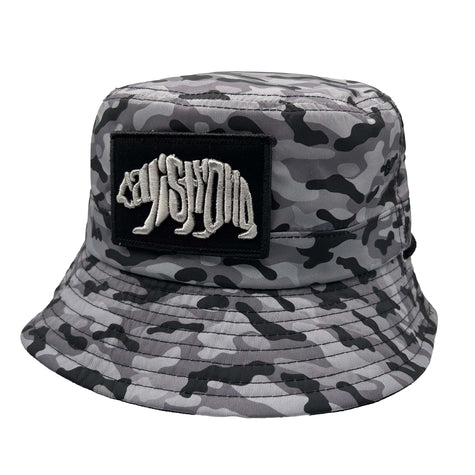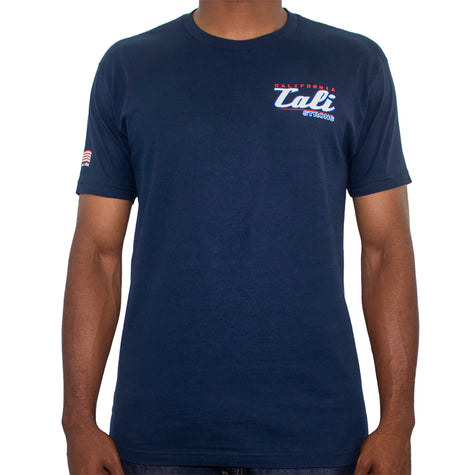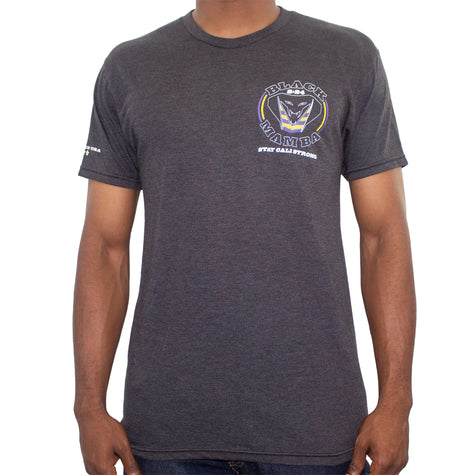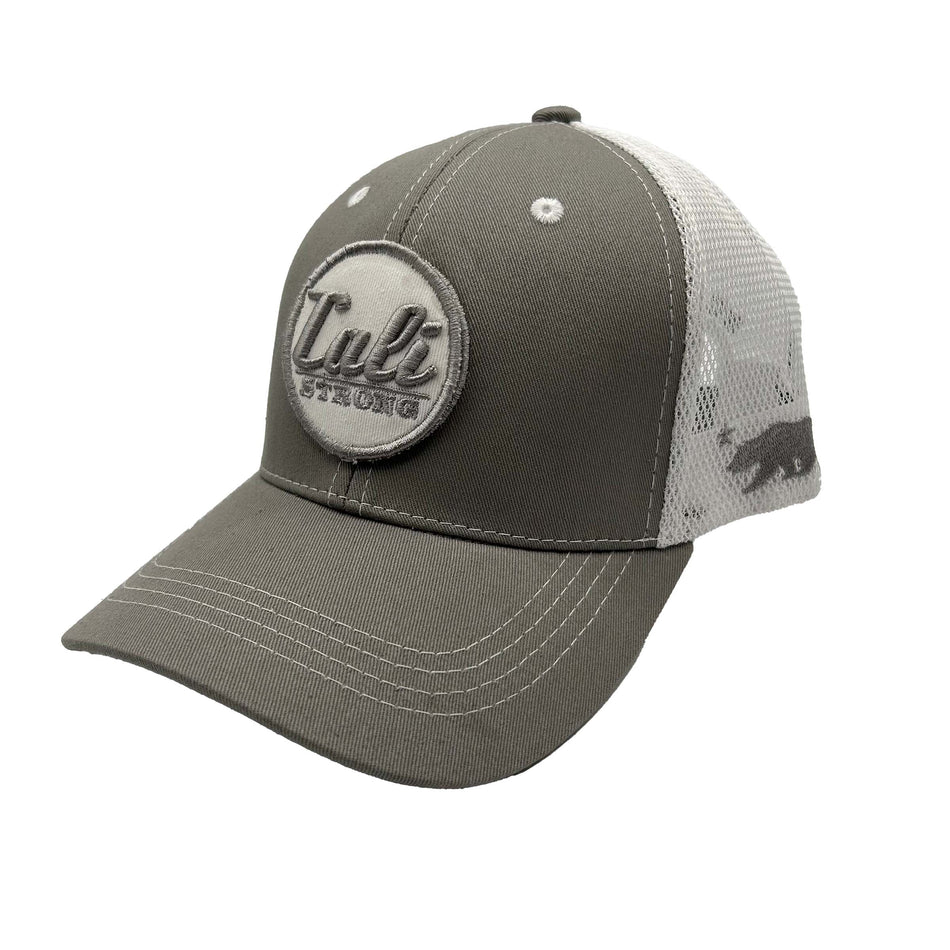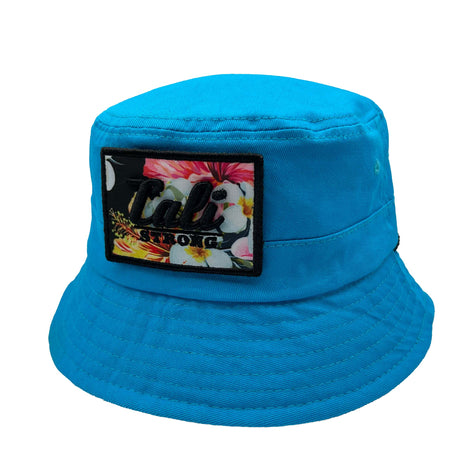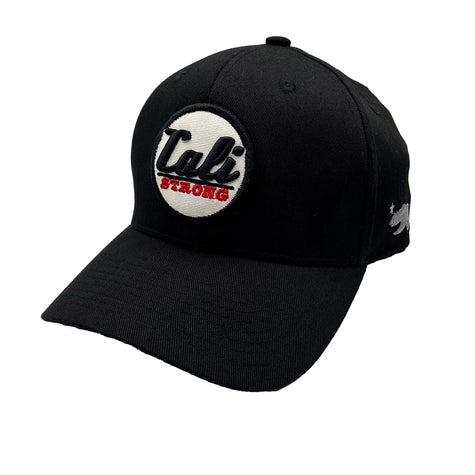How to Maintain Your Longboard
Maintaining your longboard is essential for ensuring a smooth and safe riding experience. Regular maintenance can extend the life of your board, enhance its performance, and keep you safe on the road. Here's a step-by-step guide on how to maintain your longboard:
1. Gather Your Tools:
Before you begin, make sure you have the necessary tools and cleaning supplies:
- Skateboard tool or a set of wrenches
- Allen wrenches (for specific components)
- Skateboard bearing lubricant
- A soft brush or cloth
- Soap and water
2. Inspect Your Longboard:
Start by visually inspecting your entire longboard. Look for any signs of damage, such as cracks or splits in the deck, loose or damaged hardware, or worn-out components like wheels and bearings. Note any issues that need immediate attention.
3. Tighten Loose Hardware:
Use your skateboard tool or wrenches to check and tighten any loose hardware. Pay attention to:
- Truck bolts (the screws that attach the trucks to the deck)
- Kingpin nut (the central bolt on the trucks)
- Wheel nuts (the nuts securing the wheels to the trucks)
- Bushings (the rubber or urethane cushions on the trucks)
4. Clean Your Longboard:
Use a soft brush or cloth to remove dirt, dust, and debris from the deck, trucks, wheels, and bearings. For stubborn grime, you can use a mixture of soap and water to gently clean the deck.
5. Check the Wheels:
Examine your longboard wheels for signs of wear, flat spots, or chunking. If your wheels have any of these issues or are extremely worn, it's time to replace them.
6. Inspect the Bearings:
Remove the wheels from the trucks and inspect the bearings. If they are dirty or clogged with debris, you can clean them using a bearing cleaner or by removing the shields and cleaning them individually. After cleaning, add a few drops of skateboard bearing lubricant to keep them running smoothly.
7. Check the Trucks:
Inspect your trucks for any signs of damage or wear. Pay attention to the pivot cup (the rubber or urethane part that holds the hanger in place) and the bushings. If any of these components are damaged, consider replacing them.
8. Tighten or Replace Grip Tape:
If your grip tape is peeling or has become less grippy, you can either re-adhere it or replace it with new grip tape. A razor blade or utility knife can help you trim the edges neatly.
9. Lubricate the Pivot Cup and Kingpin:
Apply a small amount of skateboard lubricant to the pivot cup and kingpin of each truck. This will ensure smoother turns and prevent squeaking.
10. Adjust Your Trucks (Optional):
Depending on your riding style, you may want to fine-tune your trucks' tightness or looseness. Adjust the kingpin nut to achieve your desired level of responsiveness.
11. Test Your Longboard:
After performing maintenance, take your longboard for a test ride. Check for any unusual noises or handling issues. Make any necessary adjustments based on your ride experience.
12. Regular Maintenance Schedule:
To keep your longboard in top shape, establish a regular maintenance schedule. How often you perform maintenance tasks depends on how frequently you ride and the conditions you ride in. As a general rule, check your longboard every few weeks and clean it as needed.
By following these maintenance steps and keeping your longboard in good condition, you'll ensure a safer and more enjoyable riding experience. Remember that a well-maintained board not only performs better but also extends the lifespan of your longboard, saving you money in the long run.
About the Author: Jim Stroesser, “The Brand Master”
With nearly four decades of experience, Jim Stroesser is a driving force in the world of global consumer branding across the sports, fashion, and entertainment industries. His journey from tech rep to CEO of iconic brands showcases his unparalleled ability to transform and elevate businesses.
As Co-Founder and CEO of CALI Strong, a direct-to-consumer sports brand based in San Diego, CA, Jim leads the charge in creating premium sports apparel, footwear, and equipment that embody the California lifestyle.
His legacy as an industry turnaround expert was cemented at Converse, where he spearheaded the brand's resurgence from bankruptcy, elevating its sales from $120 million to $285 million and finally a $305 million acquisition by Nike – a landmark deal that reshaped the industry.
Jim's expertise extends to leadership roles at Nike, Quiksilver, Oakley, LA Gear, Roxy, RL, Pony, Bob Marley and Adio. He currently serves on several boards, including SDSI, where he mentors emerging companies alongside Chairman Bill Walton.


